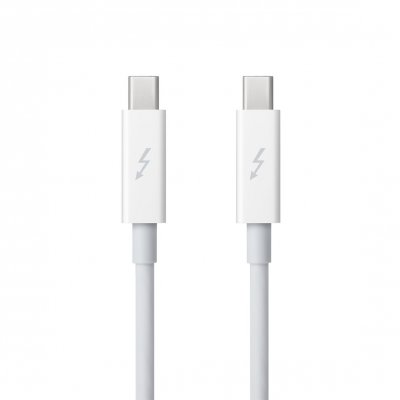@CaseySJ
I have an external SSD Drive (USB-C Gen 2 10Gbps), no USB-C issue after booting without any devices. XHC2 device appear on IOReg. When I connect SSD Drive, it is instantly detected.
I noticed during SSDT/Firmware experimentation that when I have :
- kPowerStateSuspended increasing value after boot, XHC2 is operating (my current SSDT)
- kPowerStateOff increasing value after boot, XHC2 is operating only after Sleep/Wake.
View attachment 473307
This behaviour depends on SSDT XHC2 content :
The following is my current XHC2 methods :
View attachment 473308
Sometimes, when I don't want to use XHC2 and want to have device disabled (but operate after
only one Sleep/Wake), I use my second SSDT :
View attachment 473309
On this second SSDT, my only issue is that XHC2 doesn't operate after boot (XHC2 device detected but no effect after Drive plugging). I have to Sleep/wake one time. After this, It will normaly operate by switching between
kPowerStateOff (with no device plugged),
kPowerStateOn (with device plugged),
kPowerStateSleep (during
first Mac Sleeping State) and
kPowerStateSuspended (during all other Mac Sleeping State).
I have the following BIOS config :
- Discrete Thunderbolt Support Enabled
- TBT Vt-d base security Disabled
- Thunderbolt Boot Support Disabled
- Wake from Thunderbolt Devices Disabled
- Security Level to User Authorization
- Thunderbolt Usb Support Enabled
- GPIO Force Prw Enabled


